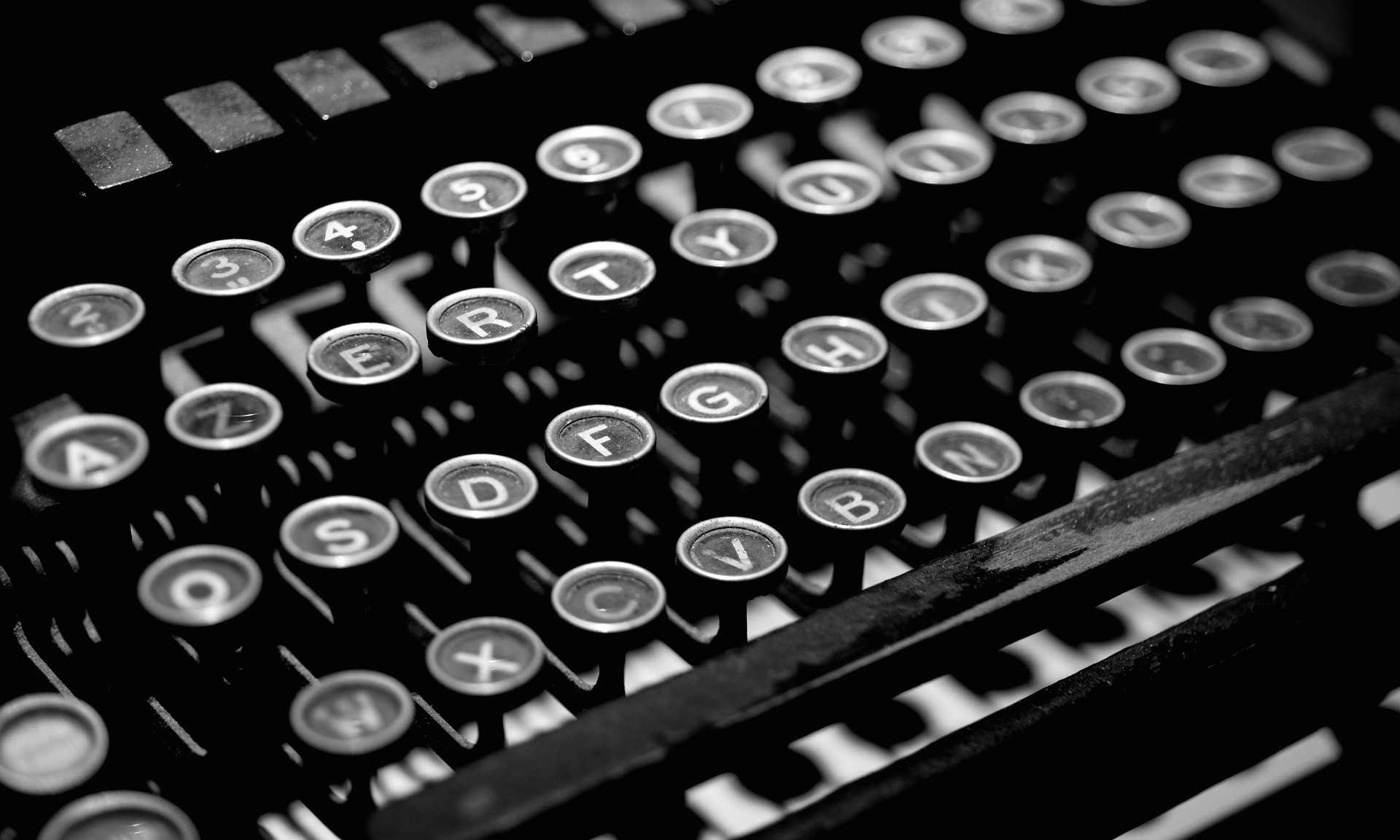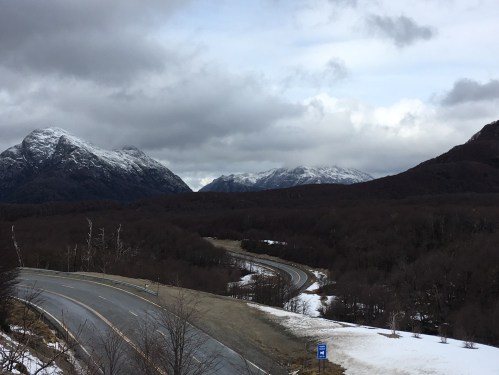“I feel strongly that we’re only hurting ourselves as writers by being so secretive about money. There’s no other job in the world where you get your master’s degree in that field and you’re like, Well, I might make zero or I might make $5 million! We don’t have any standards in that way, and we probably never will. There will always be such a wide range of what writers are paid, but at least we could give each other information.” Cherryl Strayed in conversation with Manjula Martin, published in Scratch
 Scratch: Writers, Money, and the Art of Making a Living, edited by Manjula Martin (founder of now-closed Scratch Magazine), presents a mix of interviews and essays on the act of trying (sometimes succeeding) to make money as a writer. These perspectives come from writers of varying backgrounds, from novelists and poets to news and creative nonfiction writers, to filmmakers. A number of writers I’m fond of are included in this book — such as Austin Kleon, Malinda Lo, Roxane Gay, and Daniel José Older — as well as many writers whose work is new to me.
Scratch: Writers, Money, and the Art of Making a Living, edited by Manjula Martin (founder of now-closed Scratch Magazine), presents a mix of interviews and essays on the act of trying (sometimes succeeding) to make money as a writer. These perspectives come from writers of varying backgrounds, from novelists and poets to news and creative nonfiction writers, to filmmakers. A number of writers I’m fond of are included in this book — such as Austin Kleon, Malinda Lo, Roxane Gay, and Daniel José Older — as well as many writers whose work is new to me.
Readers of Scratch will not find a step-by-step guide on how to “make it” as a writer. This collection of essays never reaches a consensus, except perhaps to say that the pathways to making a living as a writer are multitudinous and have not all been discovered yet. Lacking any one clear answer, the reader instead of directives, the reader is given personal journeys (sometimes deeply so). It’s not a matter of “this is how you should do it,” but rather “this is how I am doing it”.
Continue reading “On the Art of Making a Living as a Writer”





